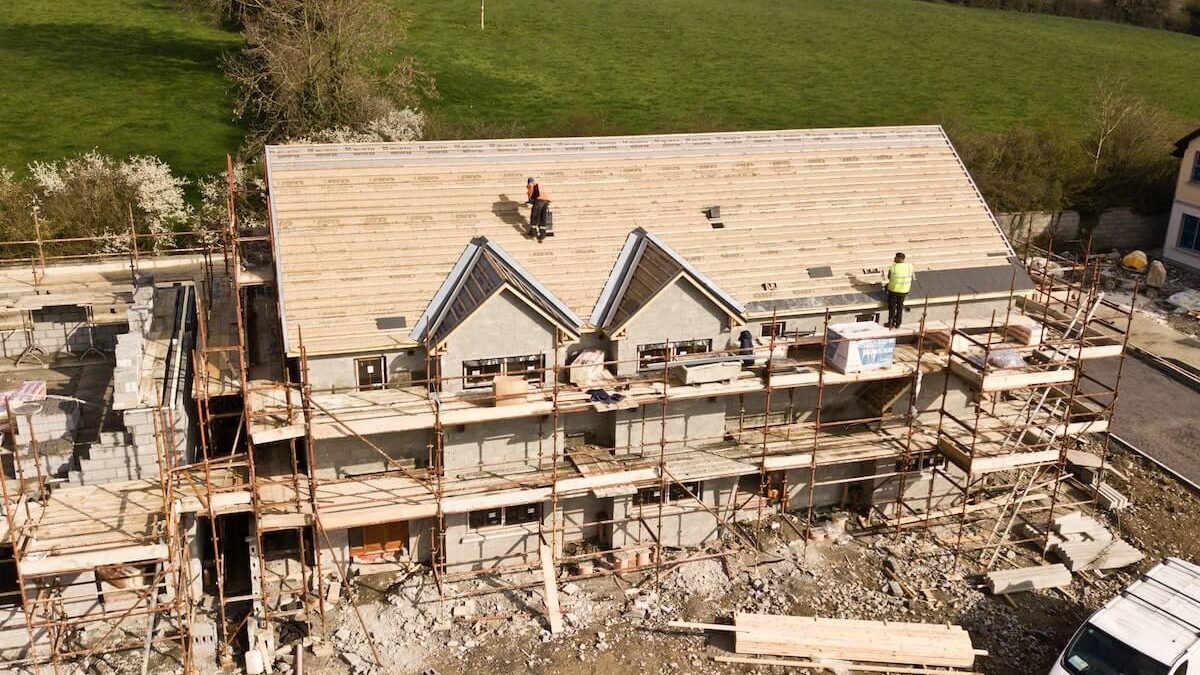Construction is an essential industry that has a significant impact on the global economy. It involves the use of labor, materials, and technology to create infrastructure such as buildings, bridges, and roads. However, construction costs have been on the rise in recent years, with many experts predicting that the trend will continue in 2023. This article aims to analyze whether construction costs will go down in 2023, taking into account various factors that influence the industry.
Current State of the Construction Industry
The construction industry has been growing steadily over the past few years, driven by factors such as population growth, urbanization, and increased infrastructure spending. In 2020, the global construction industry was worth approximately $11.4 trillion, with the Asia-Pacific region accounting for the largest share. However, the COVID-19 pandemic had a significant impact on the industry, with many construction projects put on hold or canceled due to lockdowns and supply chain disruptions.
Factors That Influence Construction Costs
Construction costs are affected by various factors, including economic factors, material costs, labor costs, and technology.
Economic Factors
The state of the economy has a significant impact on construction costs. When the economy is doing well, there is usually more demand for construction projects, which can drive up prices. Conversely, when the economy is in a downturn, there may be fewer construction projects, leading to lower prices.
Material Costs
Material costs are a significant factor in construction costs. The prices of materials such as steel, cement, and lumber can fluctuate based on supply and demand, transportation costs, and trade policies.
Labour Costs
Labour costs are another critical factor in construction costs. The cost of labour can vary depending on factors such as the level of skill required, the location of the project, and the availability of labour.
Technology
Advancements in technology can also impact construction costs. The use of new technologies such as drones, 3D printing, and Building Information Modelling (BIM) can increase efficiency and reduce costs.
Trends in Construction Costs
Construction costs have been on the rise in recent years. According to the Turner Building Cost Index, construction costs increased by 4.9% in 2018 and 5.4% in 2019. The COVID-19 pandemic had a significant impact on construction costs, with supply chain disruptions and increased safety measures driving up costs further.
Predictions for 2023
Experts have made various predictions about construction costs in 2023, taking into account the various factors that influence the industry.
Economic Factors
Some experts predict that the global economy will continue to recover in 2023, which could lead to an increase in demand for construction projects. This increase in demand could drive up construction costs. However, others argue that the pandemic has fundamentally changed the way we live and work, which could lead to a shift in demand for certain types of construction projects.
Material Costs
Material costs are also a significant factor in construction costs. According to the US Bureau of Labor Statistics, the Producer Price Index (PPI) for construction materials increased by 2.9% in 2021. Some experts predict that material costs will continue to rise in 2023, driven by factors such as supply chain disruptions and increased demand.
Labor Costs
Labor costs are expected to increase in 2023 due to a shortage of skilled labor in the industry. According to a survey by the Associated General Contractors of America, 81% of construction firms reported having trouble finding qualified workers in 2021. This shortage of labor could drive up labor costs, particularly for specialized trades such as electrical and plumbing.
Technology
Advancements in technology are expected to continue to impact construction costs in 2023. The use of new technologies such as drones, BIM, and prefabrication can increase efficiency and reduce costs. However, these technologies often require significant upfront investment, which can be a barrier for smaller construction firms.
Also Read: Logistics Services: The Next Big Trends In Deliveries
Conclusion
In conclusion, whether construction costs will go down in 2023 is difficult to predict with certainty. While some factors, such as the state of the economy, suggest that construction costs could increase, other factors, such as advancements in technology, could help to reduce costs. Ultimately, the future of construction costs will depend on a complex interplay of various factors, and it is important for industry stakeholders to stay informed and adapt to changing market conditions.
FAQs
- What is driving the increase in construction costs?
- Construction costs are influenced by various factors, including economic factors, material costs, labor costs, and technology.
- Will the global economy recover in 2023?
- It is difficult to predict with certainty, but some experts predict that the global economy will continue to recover in 2023.
- Why is there a shortage of skilled labor in the construction industry?
- There are various reasons for the shortage of skilled labor in the construction industry, including an aging workforce, lack of training programs, and competition from other industries.
- Can advancements in technology help to reduce construction costs?
- Yes, advancements in technology such as drones, BIM, and prefabrication can increase efficiency and reduce costs.
- What should industry stakeholders do to prepare for changing market conditions?
- Industry stakeholders should stay informed about market trends and adapt their business strategies accordingly. This may involve investing in new technologies, diversifying their services, or exploring new markets.


Stay connected